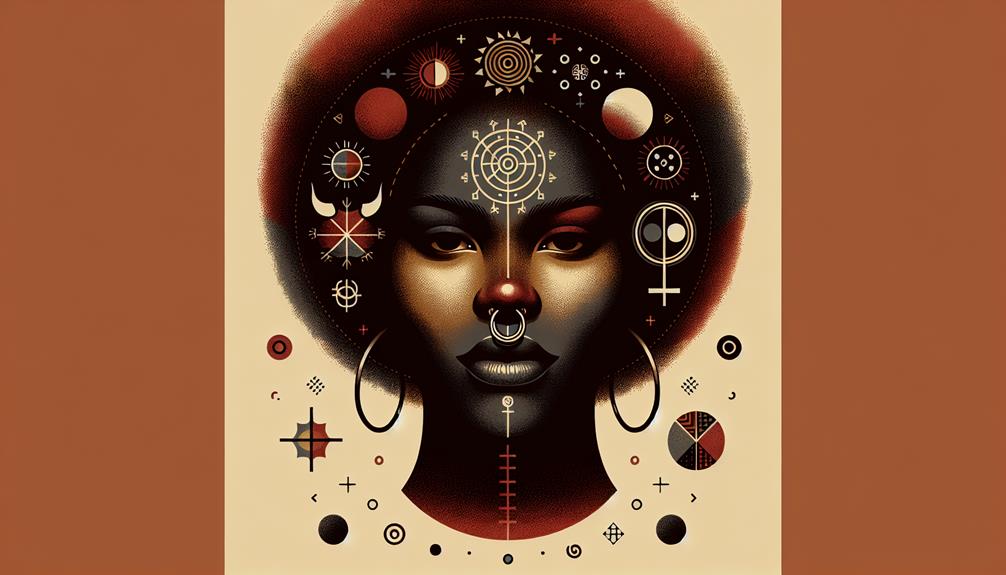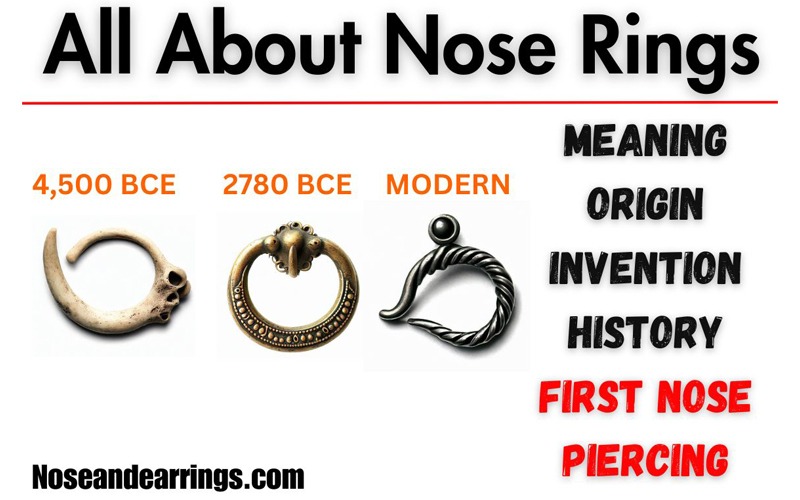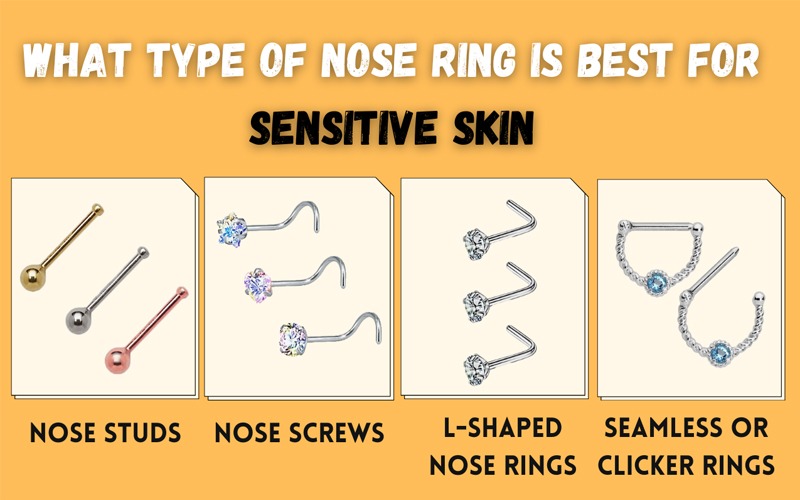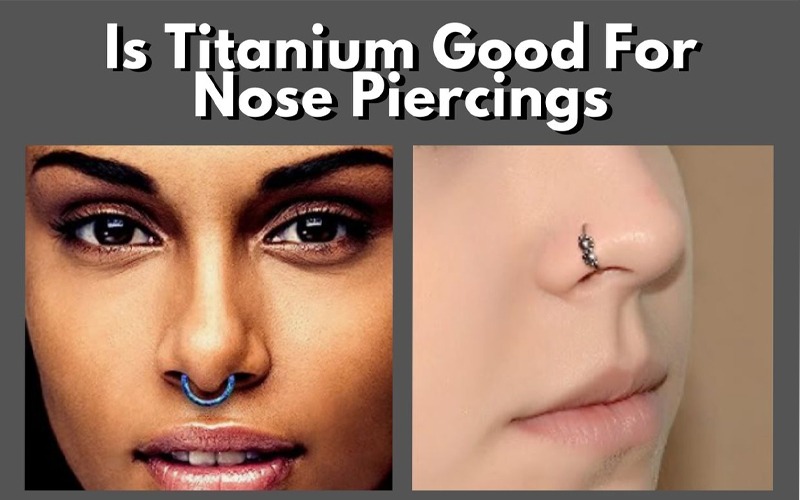The bull nose ring, a distinct piece of jewelry traditionally associated with livestock, has found a place in modern adornment among women across the globe. This unique accessory carries with it an intricate tapestry of connotations that vary considerably from one context to another.
In certain cultures, it serves as a marker of one’s social or marital status, while in alternative subcultures it may signify rebellion or an avant-garde approach to beauty. The symbolism behind a woman choosing to wear a bull nose ring can range from a personal statement of empowerment to a mere nod to contemporary fashion trends.
As we explore the multifaceted meanings of this bold accessory, it becomes evident that its significance is as layered and complex as the individuals who choose to wear it. One might ponder, what deeper narratives are entwined with the metal that graces the faces of these women, and how does society interpret this form of expression that defies conventional norms?
Key Takeaways
- Nose rings, particularly bull nose rings, have cultural and historical significance in various societies.
- Nose rings have evolved into symbols of personal expression and identity for women.
- Nose rings have gained prominence in the fashion industry, transcending cultural and traditional practices.
- Bull nose rings can challenge traditional gender norms and trigger societal debates about feminism and empowerment.
Cultural and Historical Context
Throughout history, nose rings have held profound cultural and historical significance in various societies, often symbolizing aspects such as marital status, beauty, and wealth. This form of body piercing has existed for thousands of years in the Middle East and across South Asia, where it became deeply interwoven with cultural identity. In India, for instance, nose rings are a traditional adornment for married women, signifying their marital status and enhancing their femininity. Bull nose rings, while less common, evoke a sense of strength and rebellion against societal norms, representing a powerful symbol for those who wear them.
In various African cultures, nose rings also serve as a marker of cultural heritage, with different styles and placements holding unique meanings. These adornments are embedded in rituals and often marks significant life events, such as weddings or spiritual ceremonies. The septum ring, a type of nose ring that passes through the nasal septum, is particularly notable for its cultural significance, historically worn by warriors or as a status symbol.
The adoption of nose rings in Western societies echoes a desire for individuality and personal freedom. Women who choose to wear bull nose rings or other styles often do so to challenge traditional beauty standards, asserting their autonomy and self-expression. This contemporary interpretation still pays homage to the rich historical roots of the practice, while allowing for a personal touch that speaks to the wearer’s unique sense of identity. Inherent in the choice to wear a nose ring is the celebration of cultural diversity and the power of personal symbolism.
Personal Expression and Identity
Nose rings, transcending their traditional roots, have evolved into a dynamic symbol of personal expression and identity for women around the globe. They are no longer confined to the boundaries of cultural significance but have burgeoned into a statement of individuality and personal style.
The adaptation of the nose ring, particularly the bull nose ring, by women today is often a deliberate choice that reflects their inner narrative and values.
Here are a few reasons why women might choose to wear a nose ring:
- Personal Style: Women often select nose piercings, including septum piercings, to enhance their aesthetic appeal and to stand out in a crowd, making a unique fashion statement that resonates with their personal taste.
- Symbol of Rebellion: For some, a nose ring is a symbol of rebellion, representing a break from societal norms and a rebellious or unconventional spirit that seeks to challenge and redefine beauty standards.
- Expression of Identity: Nose rings can be an integral part of expressing one’s identity, serving as a visible marker of self-definition and personal narrative.
- Empowerment and Feminism: Many women view their nose piercing as a symbol of empowerment, aligning with feminist values by embracing body autonomy and the freedom to make choices about their appearance without societal constraints.
Ultimately, for women, the meaning embedded in the choice of adorning a nose ring, especially a bull nose ring, is multifaceted. It is an intimate form of expression that can encapsulate aspects of their identity, beliefs, and the essence of their freedom.
Fashion and Aesthetic Appeal
Expanding beyond the realm of personal identity, nose rings have also gained prominence in the fashion industry as a sophisticated accessory that elevates the aesthetic appeal of women who wear them. Once rooted in cultural and traditional practices, nose piercings have transcended their origins to become a fashion statement that resonates with boldness and freedom. For the modern woman wearing a nose ring, it’s not merely a piece of jewelry but a deliberate choice that reflects her taste and fashion sensibility.
The fashion and aesthetic appeal of a nose ring can vary greatly, from understated elegance to rebellious edginess. Septum nose rings, in particular, have seen a surge in popularity, often associated with a fierce and unconventional look. This specific style of nose jewelry adds a distinct flair to a woman’s ensemble, challenging the norms and embracing a liberated sense of style. As nose rings are viewed through the lens of contemporary fashion, they serve as an emblem of individuality and non-conformity.
Women wear nose rings not only to make a fashion statement but also to celebrate their autonomy in choosing how to adorn their bodies. The variety in designs, from delicate studs to the more pronounced bull nose rings, offers endless possibilities for self-expression through fashion. Wearing a nose ring has become a way for women to showcase their personality and aesthetic preferences, ensuring that this small yet impactful piece of jewelry continues to be an integral part of the fashion landscape.
Societal Perceptions and Reactions
The adornment of women with bull nose rings often acts as a barometer for societal attitudes, revealing a spectrum of reactions that range from admiration to skepticism. These reactions can influence and reflect the broad societal perceptions and reactions to women who choose to wear such distinctive jewelry. Here are some key points that illustrate these varied responses:
- Expression of Individuality: Often, a bull nose ring on a woman is seen as a symbol of her personal freedom and independence. It can symbolize a woman’s choice to depart from traditional gender norms and embrace a unique sense of style.
- Cultural Significance: In some cultures, the meaning of a nose ring is deeply rooted in traditional rituals and often symbolized a woman’s marital status or heritage. The adoption of a bull nose ring in a different cultural context can lead to a reassessment of these traditional values and potentially, misunderstandings.
- Fashion Statement: For many, a bull nose ring on a woman is commonly associated with contemporary fashion trends. It’s considered a bold accessory that accentuates the female nose and contributes to a distinctive aesthetic appeal.
- Societal Debates: The presence of a bull nose ring can trigger societal debates about feminism and empowerment. It challenges conventional beauty standards and can be seen as a statement of defiance against the expected roles and behaviors prescribed for women.
Regardless of the individual motivations behind wearing a bull nose ring, the societal perceptions and reactions are telling of the current climate surrounding personal expression and the shifting boundaries of acceptance. Women who choose to wear bull nose rings navigate a complex landscape of admiration, critique, and often, a burgeoning sense of freedom.
Care and Consideration
While societal perceptions and reactions to women wearing bull nose rings vary, it is equally important to address the practical aspects of care and consideration required for this form of body modification. The decision to adorn a bull ring or a nose stud is often a deeply personal one, laden with symbolic meanings and cultural significance. Whether worn as an emblem of one’s heritage or as a declaration of independence and empowerment, it is crucial for the woman with her nose pierced to maintain the piercing with diligence.
The piercing process itself demands professional execution, especially when it comes to the septum, as improper technique can lead to complications. After the initial piercing, a strict regimen of cleaning and aftercare is paramount to prevent infection and ensure proper healing. Women should be mindful of the materials used in their nose rings, opting for hypoallergenic metals to reduce the risk of allergic reactions.
Embracing the nose ring as a form of self-expression also entails acknowledging the responsibility that comes with it. The care and consideration for the piercing extend beyond mere aesthetics; it’s about preserving the health of one’s skin and body, not unlike the way one would care for their reproductive organs or any other aspect of their well-being.
Freedom in personal style includes the freedom to choose and maintain body modifications without compromising one’s health. Thus, the journey of a woman with a right nose ring—or any nose adornment—encapsulates both the celebration of cultural or personal identity and the conscientious preservation of her body’s integrity.





